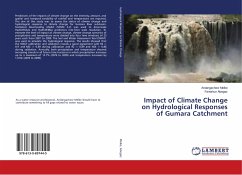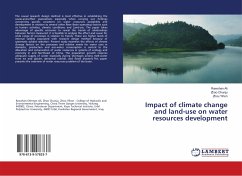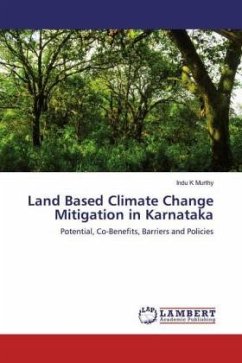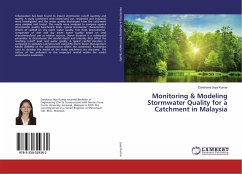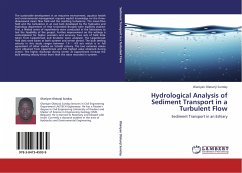Predictions of the impacts of climate change on the intensity, amount, and spatial and temporal variability of rainfall and temperature are required. The aim of this study was to assess the status of climate change and hydrological response to climate change for Gumara River sub-basin. Statistical Downscaling Model (SDSM 4.2) was used to downscale HadCM3A2a and HadCM3B2a predictors into finer scale resolution. To estimate the level of impact of climate change, climate change scenarios of precipitation and temperature were divided into four time windows of 25 years each from 2001 to 2099. The Soil and Water Assessment Tool (SWAT) was used to simulate the hydrological response. The results showed that the SWAT calibration and validation reveals a good agreement with R2 = 0.9 and NSE = 0.89 during calibration and R2 = 0.89 and NSE = 0.86 during validation. Annually, both precipitation and temperature showed increasing trends in all future time horizons in which precipitation increases up to a maximum of 13.7% (2076 to 2099) and temperature increases by 1.010c (2076 to 2099).
Bitte wählen Sie Ihr Anliegen aus.
Rechnungen
Retourenschein anfordern
Bestellstatus
Storno

